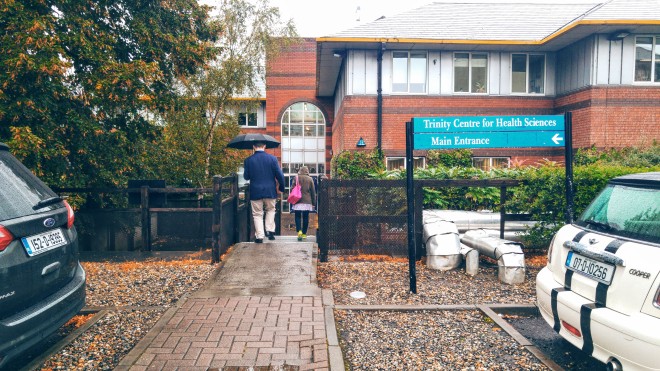Trinity College Dublin and how it Changed Me
Trinity College (Irish: Coláiste na Tríonóide) is the sole constituent college of the University of Dublin, a research university in Ireland. The college was founded in 1592 as the “mother” of a new university, modelled after the collegiate universities of Oxford and of Cambridge, but, unlike these, only one college was ever established; as such, the designations “Trinity College” and “University of Dublin” are usually synonymous for practical purposes. It is one of the seven ancient universities of Britain and Ireland, as well as Ireland’s oldest university.
Before embarking on my degree, I had two choices – to do it as a full-time student in Trinity College or take a part-time course offered by another overseas university.
I chose to do it full-time with Trinity College Dublin because first and most importantly, the modules interest me – a lot (second would be the ability to fly to Dublin and experience it first-hand).

I compared the modules offered by both universities and I felt that Trinity would be able to provide me with knowledge that I am looking for. I was genuinely interested. Genuine interest is important because only when I put my heart and soul into my decision will my effort follow. I had a negative experience several years ago whereby I could not choose what I wanted to study and it affected my attitude towards studying, receiving the knowledge and subsequently my results. No matter how hard I tried to even just memorise, I couldn’t do it because my heart wasn’t in it. It wasn’t what I wanted. So, this time round, with the ability to make my own decisions, I’ve put in nothing but my best.
The academic rigour in Trinity is very different from what I was used to in Singapore. The way lessons were taught required students to think critically of what the lecturer has presented and to question and find answers. The students in my class were very outspoken while the few of us Singaporeans felt intimidated.
“How did they know to ask such a question?”
“They’re even rebutting what the lecturer said.”
“Oh wow, why didn’t we think of that?”
The lecturers would often try to engage us in the conversation so that we could get used to it but honestly, for me, I need time and preparation before hand for any discussion. When I was asked on the spot about my opinion, my mind would freeze.
“You.. want.. my opinion?” I thought to myself.
It’s difficult for me to state what I think because I was used to the spoon-fed method that was widely practiced in the schools I attended locally.
Spoon-fed. I hate that word. Spoon-feeding me doesn’t make think. It tells me how things should be done. My thoughts were confined to what was being taught only. There was no creative-thinking. That was how I survived 15 years of education. I’m being taught something, I memorise it, I practice the format for answering and I regurgitate the answer during my exam, making sure I don’t miss important keywords and phrasing that would help me gain points. That was how we studied. We had assessment books that revealed past year’s questions and answers (up to 10 years ago). There’s a term for such assessment books. We call them the 10-year series or 5-year series. They had one in every subject we took. We learn trends in questions. Our teachers discover trends in answer keys and formats that would help us get good grades. So if we learn them by heart, we could easily ace the paper.
But with Trinity, there is no such thing as an answer key, keywords or answer formats. Because they believe that each student has their own way of writing, of expressing their answers, so, as long as they can show their understanding of a topic, they’ll be graded based on how well they show it. This was such a huge change for us because the assessment topics were broad. It taught us to cover a range of topics when tackling an answer – how we link these topics together, how we infer and how we apply it to practice. It was really hard at first but I like it. I no longer need to memorise pages of answer formats. I can write how I want, however much I want to as long as I know I’m answering the question. I wish that Singapore would adopt such a method to encourage creative thinking. I’m not sure how students are being taught now but I hope there are some changes at least.
Because in the real working world, there is no such thing as an answer key.
Just my own opinion,
Nur
